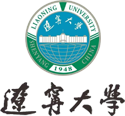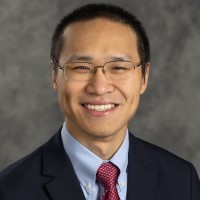
遼寧大學(xué)經(jīng)濟(jì)學(xué)前沿高端講座第九十二講
Schools and Neighborhoods: The Impact of School Attendance Boundary Changes
主講人:丁小舟 助理教授(南達(dá)科他州立大學(xué))
主持人:謝明佳 助理教授(遼寧大學(xué)李安民經(jīng)濟(jì)研究院)
嘉賓介紹:程詩雨 助理教授(遼寧大學(xué)李安民經(jīng)濟(jì)研究院)
時間:2025年6月16日(周一) 14:00 – 15:30(北京時間)
地點(diǎn):遼寧大學(xué)崇山校區(qū)五洲園一樓會議室
線上地址:騰訊會議846-7809-5157
語言:中文/英文
摘要:This paper examines how changes in school attendance boundaries affect neighborhood demographics and housing markets across the United States. Using a nationwide dataset on school boundary changes, we employ a difference-in-differences framework and an event study design to estimate the effects of redistricting. Our findings reveal significant household re-sorting by race and income, with white households more likely to leave neighborhoods that experience school boundary changes and Black and Asian households more likely to move into these areas. Rezoned neighborhoods also experience increases in median household income, rents, and housing values, suggesting that perceived improvements in school quality are capitalized into local housing markets. Heterogeneity analysis shows that these effects are stronger when neighborhoods are rezoned to higher-performing schools. Block groups gaining access to better schools exhibit larger increases in housing values but experience declines in median income, reflecting economic re-sorting. These findings highlight how people-based policies aimed at improving educational opportunities can reshape neighborhood composition and economic characteristics, with implications for neighborhood stability and equity.
主講人簡介:

Dr. Xiaozhou Ding is an Assistant Professor of Economics at South Dakota State University, specializing in urban and regional economics, labor economics, and public economics. His research explores issues related to higher education, school choice, neighborhood dynamics, and housing markets. He is a Lincoln Institute Scholar and serves as an co-Editor-in-Chief for The Review of Regional Studies. Dr. Ding has held visiting scholar positions at University of Nebraska–Lincoln and University of Kentucky.